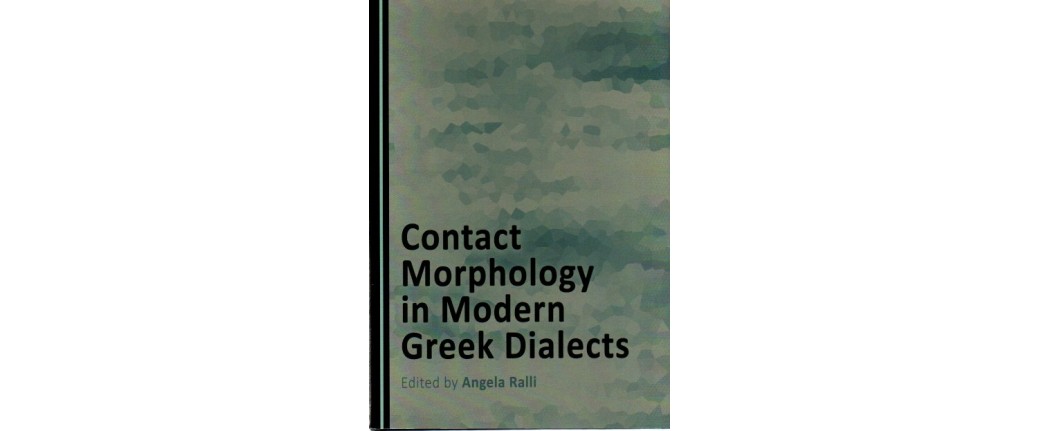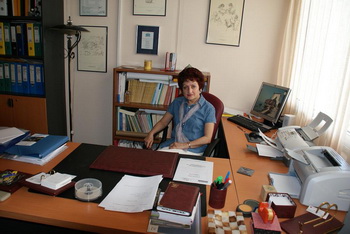This volume bridges contemporary morphological theory with the less-studied aspects of language interference and contact-induced variation and change, and will serve to increase the reader’s understanding of how languages of divergent typologies can affect each other. On the one hand, it shows that the study of dialects offers new challenges to contact morphology, and, on the other, it argues that morphological theory may provide accurate and interesting tools for the analysis of dialectal data. In addition, it proves that dialectal contact-morphology can be profitable for historical linguistics and typology, since it may shed light on language change and structures. The book brings together researchers working on morphology, language contact, and Modern Greek dialects, namely those that have been heavily affected by typologically divergent and sometimes genetically different languages, that is, by the Indo-European and semi-fusional Romance languages and by the Altaic and agglutinative Turkish. Emphasis is placed on a number of issues which are of major importance to contact morphology, such as the role and interplay of language-internal and language-external factors in linguistic change, the borrowing of word-structure and functional categories, the source and use of integrating elements, reduplication, multiple exponence, and case and gender assignment.
Contact Morphology in Modern Greek Dialects
Είστε εδώ:
- Αρχική
- Contact Morphology in Modern Greek Dialects
Επικοινωνία
- Διεύθυνση: Τμήμα ΦιλολογίαςΠανεπιστημιούποληΡίον Πάτρας 26504
- Email: ralli@upatras.gr
- Τηλέφωνο: +30 2610-996179
- Fax: +30 2610-996179
Μαθήματα
Στην Ειδίκευση Γλωσσολογίας του Τμήματος Φιλολογίας του Πανεπιστημίου Πατρών, η Αγγελική Ράλλη δίδασκε και εξακολουθεί να διδάσκει προπτυχιακά και μεταπτυχιακά μαθήματα μορφολογίας, διαλεκτικής ποικιλίας και τυπολογίας, και επέβλεπε/επιβλέπει εργασίες και διατριβές όλων των επιπέδων, από το προπτυχιακό έως το διδακτορικό.
Μαθήματα:
- Μορφολογία – 5ο εξάμηνο
- Συγκριτική Μορφολογία – 6ο εξάμηνο
- Μορφοφωνολογία Νεοελληνικών Διαλέκτων – 7ο εξάμηνο
- Ερευνητικά θέματα στη γλωσσολογία – Μεταπτυχιακό σεμινάριο
- Μορφολογία – Μεταπτυχιακό σεμινάριο
Copyright © Angela Ralli 2020. Created by Charalampos Tsimpouris

